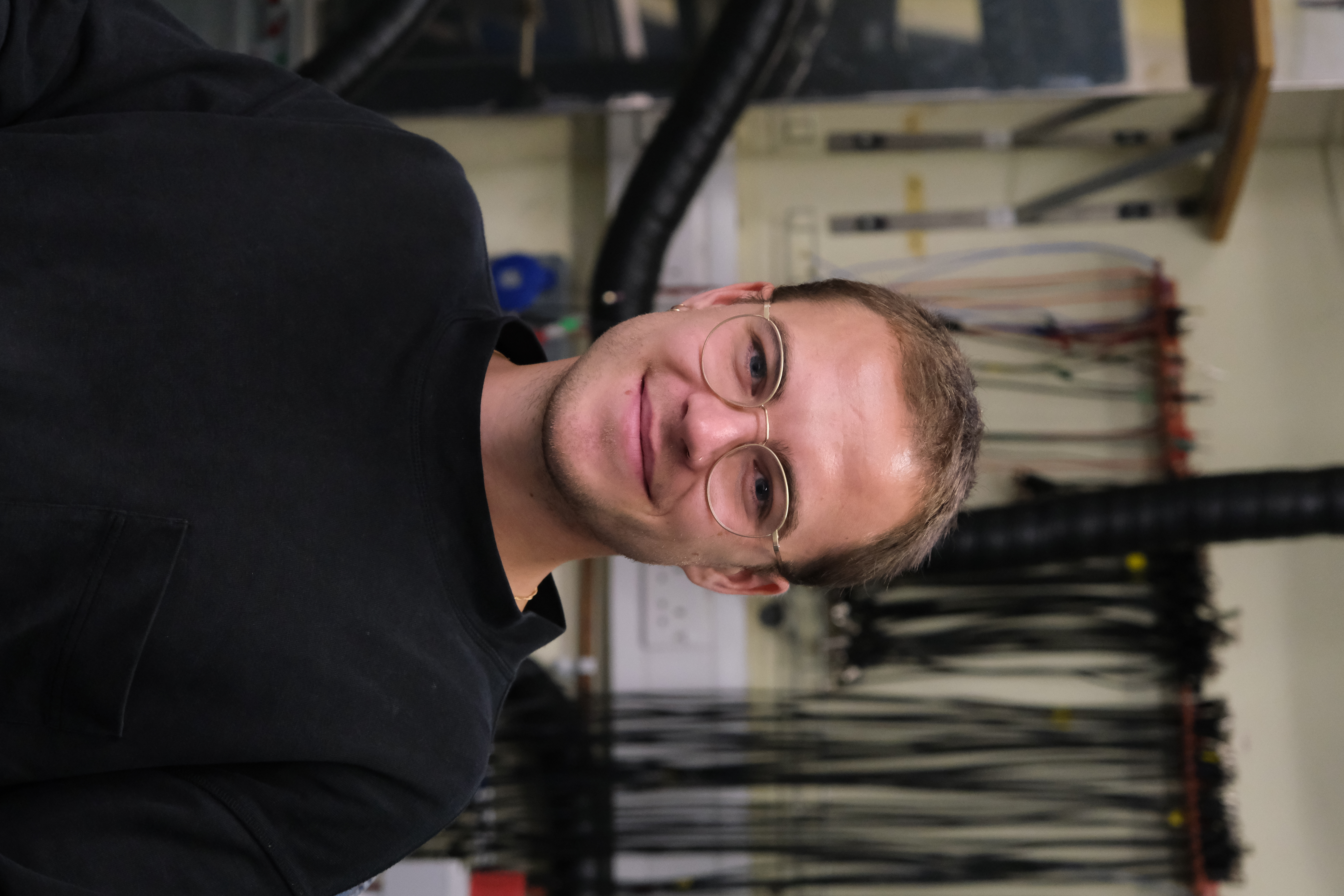
Contact me ...
sebastian.orbell@trinity.ox.ac.uk
What I do.
Efficiently tuning quantum devices using machine learning.
It is postulated that the development of a large universal quantum computer will signal a paradigm shift in the fields of artificial intelligence, quantum chemistry, molecular drug design, material science, and many more. The frontiers of research lie in domains such as algorithm design, quantum theoretical performance bounds, error correction schemes, and crucially the development of the physical implementations of quantum architectures.
A promising approach to the physical realisation of a quantum computer is via the confinement of spins or holes in semiconductor heterostructures. These devices, termed quantum dots, are promising candidates as they can be manipulated, and quantum gates implemented, via predominantly electrical control methods. Quantum dots have a large parameter space of control properties which are conventionally exploited in real-time by human experts to define and manipulate qubits. The heuristic techniques employed by these experts are, however, not scalable to the larger systems required for universal quantum computing.
First, quantum dots must be tuned into regimes in which qubits can be defined. Secondly, qubit quality metrics, such as gate fidelities, readout fidelities, and gate speeds, must be automatically and efficiently optimised to progress the semiconductor quantum dot field towards achieving larger quantum volumes.















